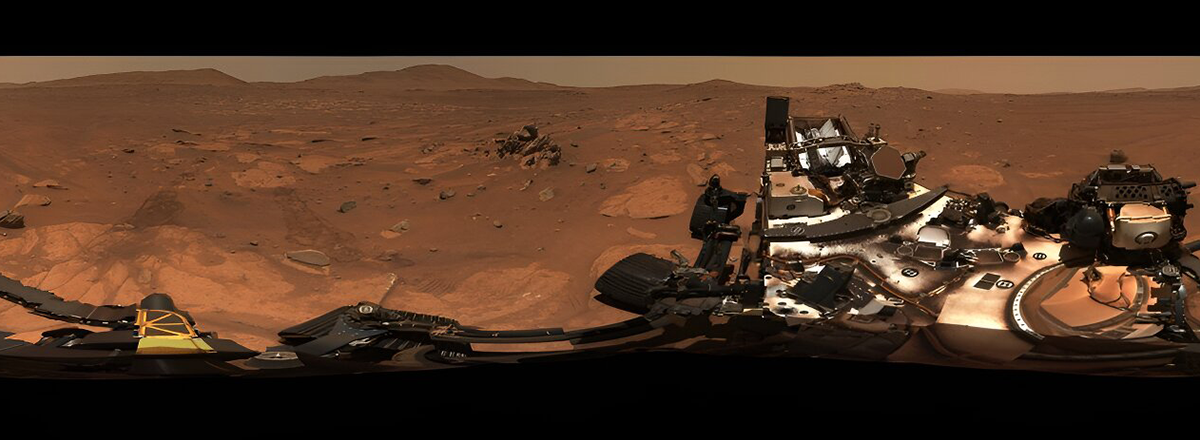NASA's Perseverance Rover Uncovers Mars Lake's Ancient Secrets
Researchers believe that Jezero Crater formed nearly 4 billion years ago following an asteroid impact, with water arriving hundreds of millions of years later. This ancient lake is estimated to have been approximately 22 miles wide.

NASA's Perseverance rover, celebrating its 1,000th Martian day, has wrapped up its exploration of an ancient river delta within Jezero Crater. This mission unveiled evidence of a massive lake that existed billions of years ago on the Red Planet.
During its journey, Perseverance collected a total of 23 samples, each roughly the size of a school chalk piece. These samples have provided scientists with fresh insights into the geological history of this part of Mars. Two of these samples, named "Lefroy Bay" and "Otis Peak," have proven particularly fascinating.
Lefroy Bay contains abundant fine-grained silica, a substance known for preserving ancient fossils on Earth. Meanwhile, Otis Peak is rich in phosphates, often associated with life as we understand it. Both samples also boast carbonate deposits that retain data about past environmental conditions.
Researchers believe that Jezero Crater formed nearly 4 billion years ago following an asteroid impact, with water arriving hundreds of millions of years later. This ancient lake is estimated to have been approximately 22 miles wide and up to 100 feet deep.
The mission continues as Perseverance explores more of Jezero Crater's mysteries, keeping scientists and space enthusiasts eagerly awaiting further revelations.

